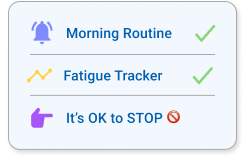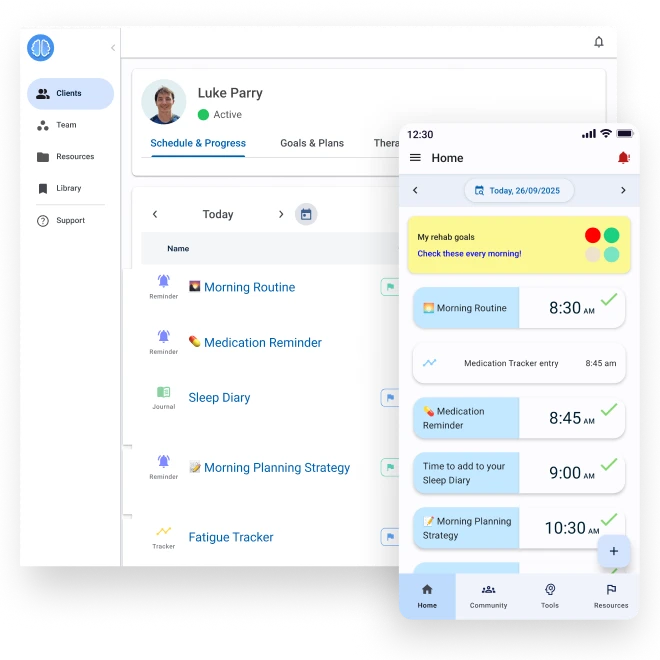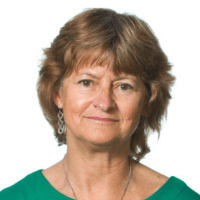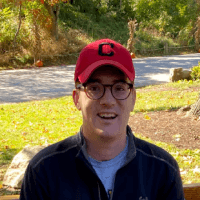Extend Care Beyond the Clinic
One connected platform to provide gold-standard neuro care for teams, clients, and carers. shared goals, timely prompts, and remote monitoring that maintain carryover and build independence between appointments.



Trusted by top organisations
























One Platform, Two Interfaces
A clinician dashboard pairs with a patient app to turn rehab goals into actionable strategies and therapy tasks. Create personalised therapies, patient education, and track progress - so therapy carries on between sessions and the whole care circle stays aligned.
Continuous Care
Assign goals and resources, automate reminders, and monitor completions remotely to keep rehab active between appointments.
Evidence-Based Results
Aligned to neurorehab best practice with real-world engagement and outcome data underpinning the approach.

Designed for Cognition
Assign goals and resources, automate reminders, and monitor completions remotely to keep rehab active between appointments.
Collaborative Care Circles
Link clients, carers, and clinicians on one plan with shared goals and updates to coordinate support day-to-day.
Double Engagement
Therapy task adherence
More than double current amount
Reduce Admin
Time saving
From session planning and reporting
Improve Outcomes
Improved independence
Reported by clients after 2 weeks
We understand,
we’ve lived it
Born form the experience of identical twin brothers and one life-changing traumatic brain injury. We understand the journey, the traumas and challenges because we have lived them, co-created with patients and families and clinicians so neumind fits real life and supports the moments that matter.





